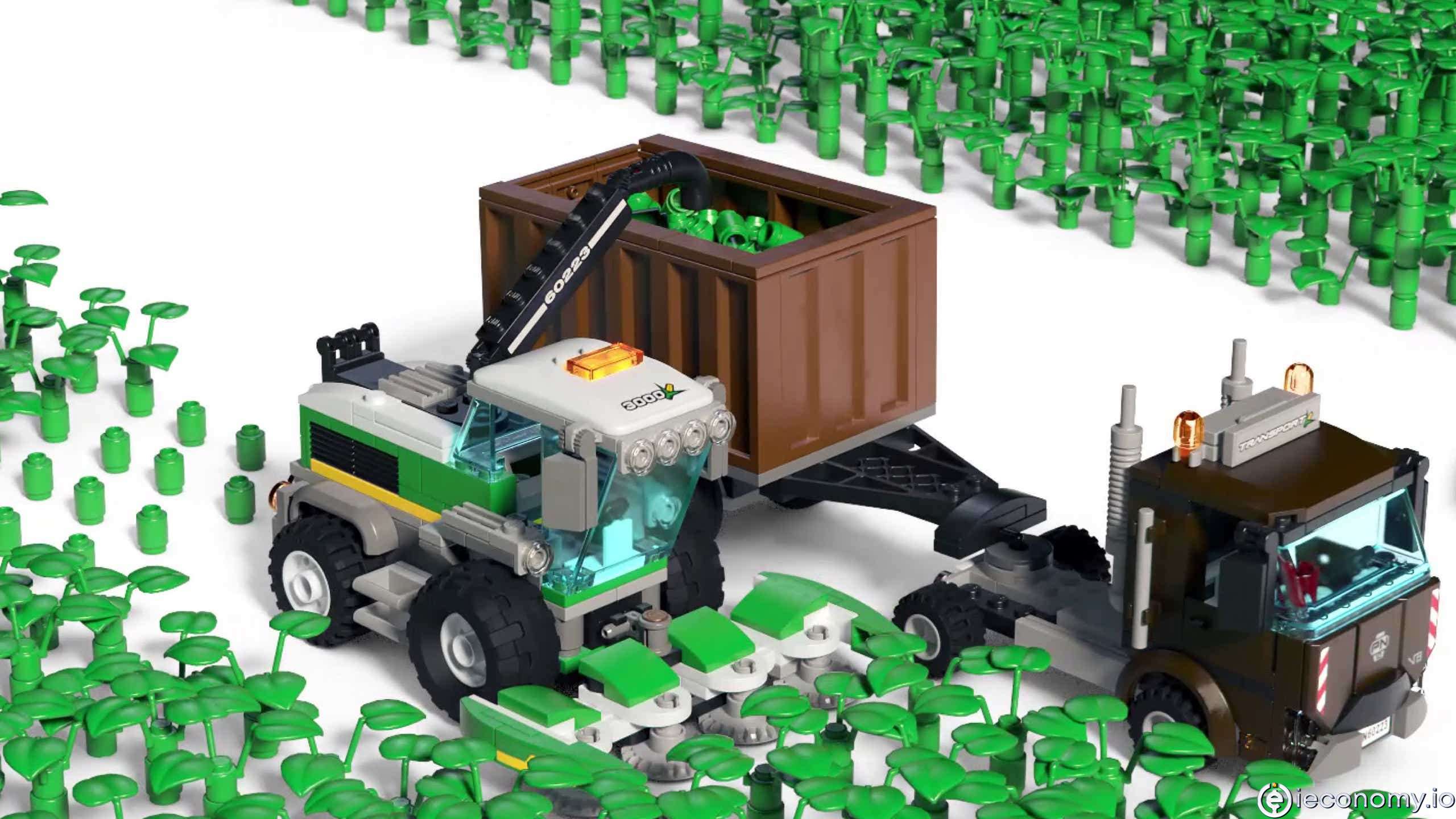11787
0
Lego wants to produce the bricks from renewable materials
Lego wants to produce the bricks from renewable materials. Toy companies invest massively in sustainable products.

Yazar: Tom Roberts
Yayınlanma: 20 Haziran 2021 00:17
Güncellenme: 23 Aralık 2025 20:02
Lego wants to produce the bricks from renewable materials
They end up in the washing machine, in the dirt, and still almost never break. The small parts always keep their color and are passed on over generations: Lego bricks! Almost the entire product range of the traditional Danish company consists of plastic, which has so far been made with crude oil or natural gas. That could change soon: Lego plans to invest 400 million euros in the development of ecological products over the next few years. The toy manufacturer wants to produce the colorful bricks from renewable raw materials by 2030. Lego operates in a market that has been growing for years. Last year the German toy industry posted sales of 3.7 billion euros, an increase of 11 percent compared to the previous year. The toy sector is one of the most plastics-intensive industries there is. It is estimated that 80 percent of toys are made of plastic. Hundreds of thousands of tons of freshly produced plastic toys end up in children's rooms every year. "Just one percent of these toys are made from ecologically produced plastics," says Harald Käb in an interview with ntv.de. He is an expert in sustainability and advises companies on the transformation to innovative, sustainable use of materials. "Switching to plastics made from renewable raw materials and recycling is a lengthy process," reports Käb. On the one hand, this is due to the complex requirements that the plastic must meet. Above all, the issue of safety plays a central role in the sensitive area of toddlers. In the case of recycled plastics, however, it is difficult to guarantee this. The waste material usually comes from several sources, each of which must be carefully checked for pollutants. On the other hand, there are not yet enough renewable resources available. Environmentalists are also critical of bio-plastics because they could compete with food for acreage.İLGİLİ HABERLER





European stocks soared and focus shifted to German retail sales after Powell's speech!

Forex Signal For TRY/USD: Inflation Slowdown in November.

Forex Signal For GBP/USD: Bullish Trend Still Not Breaking While Recovery Continues.

Forex Signal For EUR/USD: Starry US Data Points to Higher Fed Increases.

Forex Signal For BTC/USD: Downside Continues as Bitcoin Recovery Moves Less.
En Popüler Haberler
Yorum Yap
Yorumlar
Henüz yorum yapan yok! İlk yorumu siz yapın...